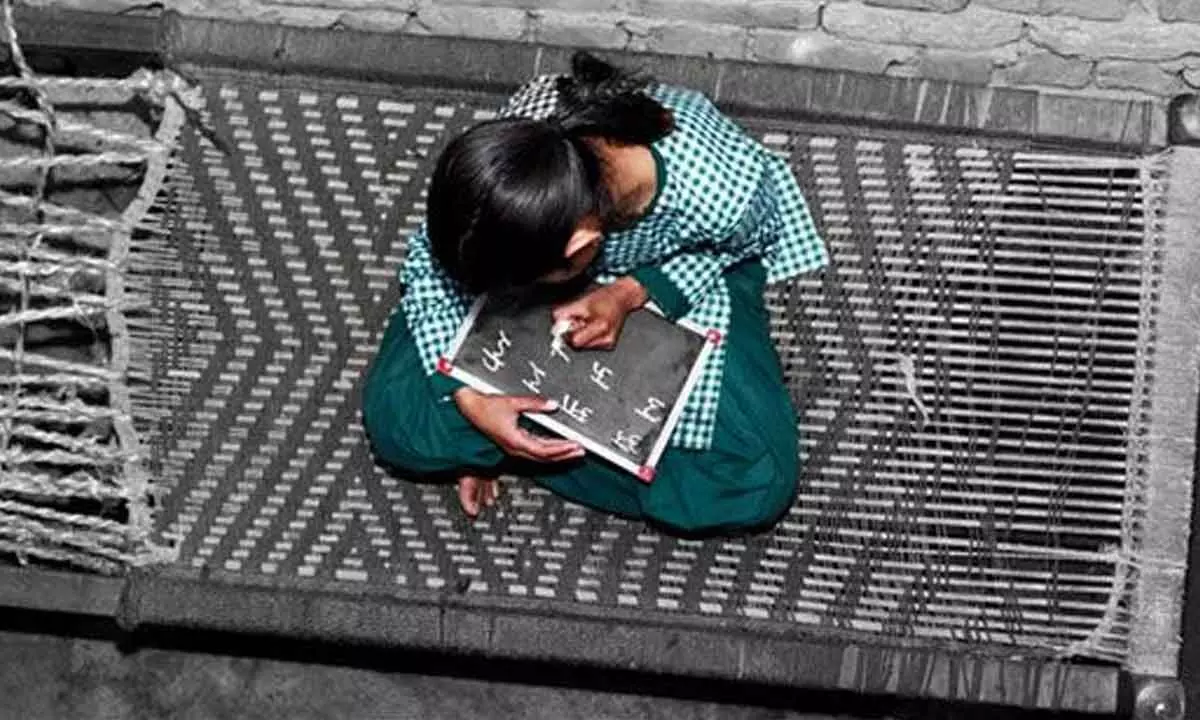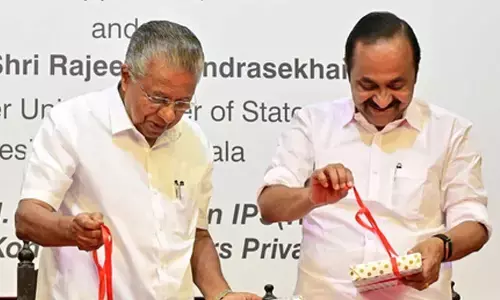50% aged 15-24 yrs still use cloth for menstrual protection

For representational purpose only
Nineteen per cent households do not use any toilet facility: NFHS survey
New Delhi: About 50 per cent of women aged 15-24 years still use cloth for menstrual protection, according to the latest National Family Health Survey (NFHS) report, with experts attributing it to lack of awareness and taboo existing around menstruation. The experts also said that if an unclean cloth is reused, it increases exposure to multiple local infections. In the recently released NFHS-5, women aged 15-24 years were asked what method or methods they use for menstrual protection, if anything.
In India, 64 per cent use sanitary napkins, 50 per cent use cloth, and 15 per cent use locally prepared napkins, the report stated. Overall, 78 per cent of women in this age group use a hygienic method of menstrual protection. Locally prepared napkins, sanitary napkins, tampons and menstrual cups are considered to be hygienic methods of protection. On exposure to infections due to unhygienic menstrual practices, Dr Astha Dayal of the obstetrics and gynaecology department at the CK Birla Hospital in Gurugram said, "Many studies have shown reproductive tract infections like bacterial vaginosis or urinary tract infections (UTI) could occur which eventually become pelvic infections."
"As these infections can travel up to the pelvis, they can cause difficulties in getting pregnant or pregnancy complications like preterm labour (resulting in premature birth)," she said. Besides, poor hygiene can increase cervical cancer risks in the long-run, as one of the risk factors for this cancer is poor local hygiene, Dayal said. The NFHS report also stated that women with 12 or more years of schooling are more than twice as likely to be using a hygienic method as women with no schooling (90 per cent versus 44 per cent).
"Women in the highest wealth quintile are almost twice as likely to use a hygienic method as women in the lowest wealth quintile (95 per cent versus 54 per cent). Seventy-three per cent of rural women use a hygienic method of menstrual protection, compared with 90 per cent of urban women," it said. The lowest percentages of women use a hygienic method of menstrual protection in Bihar (59 per cent), Madhya Pradesh (61 per cent) and Meghalaya (65 per cent). Poonam Muttreja, executive director at the Population Foundation of India, said the NFHS-5 shows a direct link between education, wealth and hygienic methods of menstrual protection.
While 80 per cent of women with no schooling reported using sanitary pads, only 35.2 percent of women with 12 or more years of schooling use sanitary pads, she said, adding that use of cloth for menstrual protection is higher among women from rural areas (57.2 per cent) compared to those from urban areas (31.5 per cent). Women from the lowest wealth quintile are about 3.3 times more likely to use cloth than women from the highest wealth quintile.
Even though India was declared Open Defecation Free by the government in 2019, the latest NFHS survey conducted in 2019-21 showed that 19 percent of households do not use any toilet facility.


















